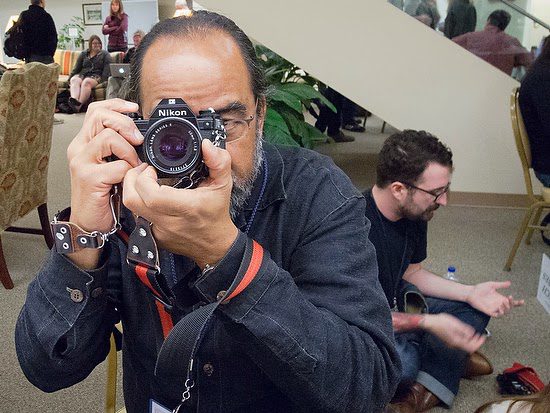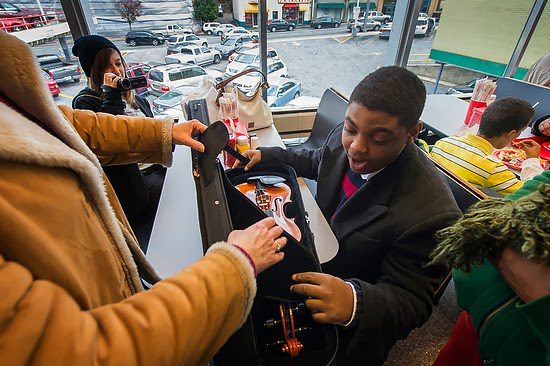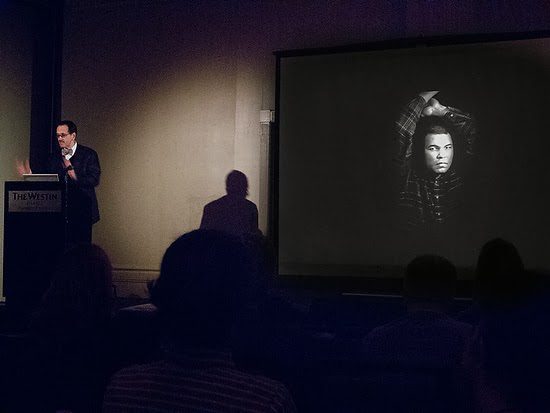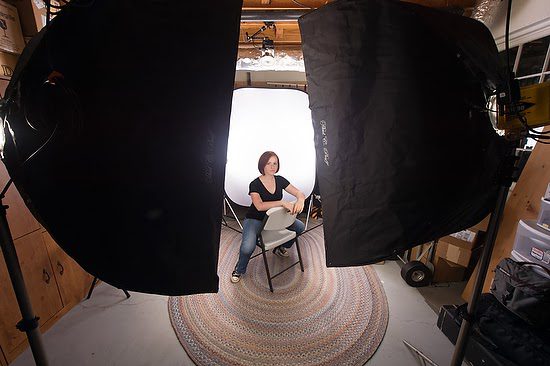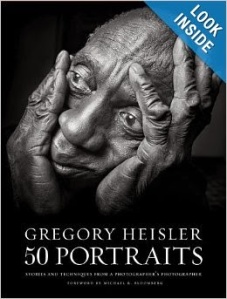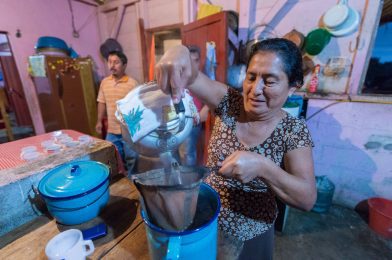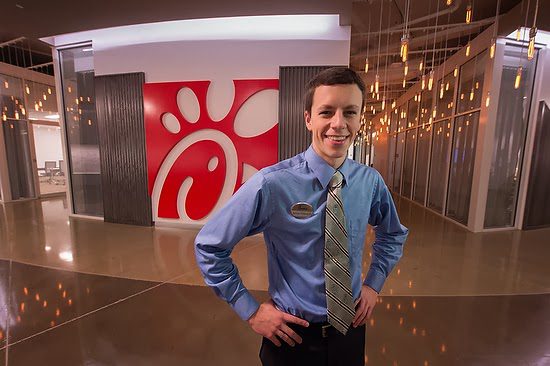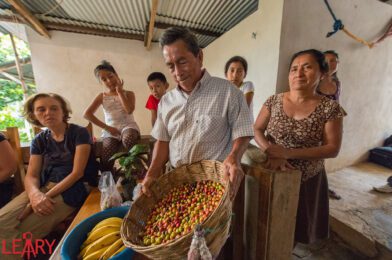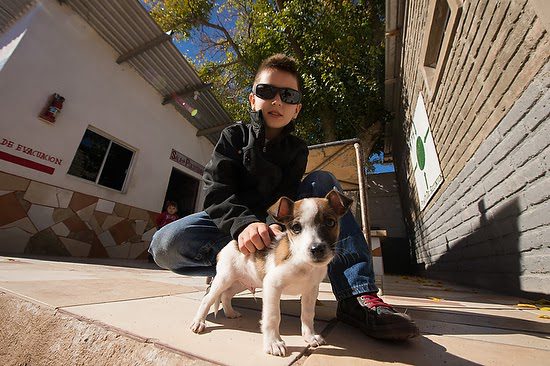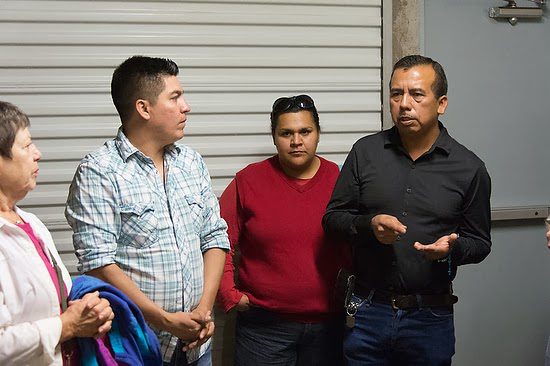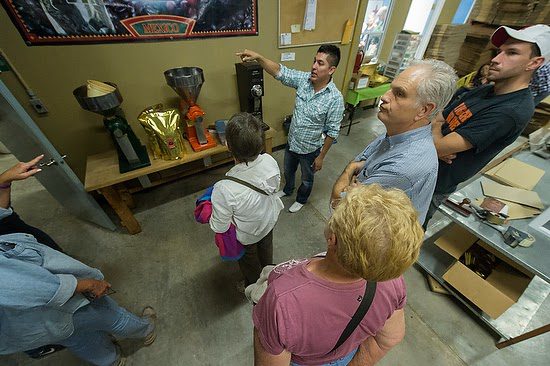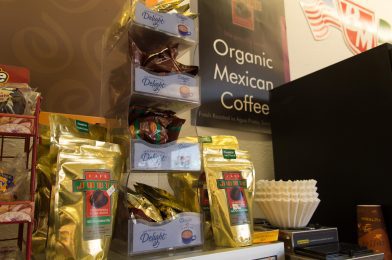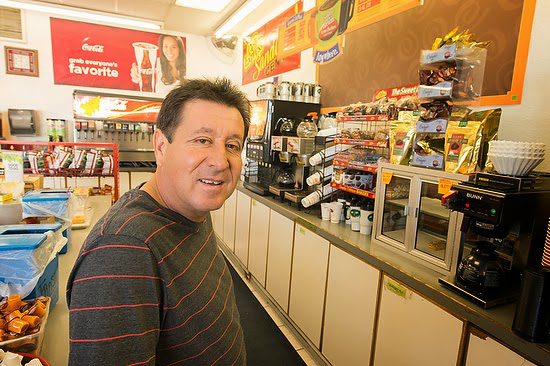Anacleto Rapping is taking a photo at the Southwestern Photojournalism Conference in Fort Worth, TX. [Nikon Coolpix P7000, 28mm, ISO 1600, ƒ/2.8, 1/30] |
This post has only photos from just me having my camera with me. Not my phone, but a camera with high ISO capabilities and flash if I needed it.
None of the photos are from a single assignment.
My point is that you will see some extraordinary moments if you don’t have your camera.
 |
| Nikon Coolpix P7000, 28mm, ISO 949, ƒ/4, 1/280 |
“Always carry a camera; it’s tough to shoot a picture without one.” – Jay Maisel.
 |
| Nikon D4, 14mm, ISO 5000, ƒ/5.6, 1/60, Off camera flash using SB900 and SB800 triggered with Pocketwizard FlexTT5 Transceiver with the MiniTT1 and AC3 to control the output power. |
“The camera is an instrument that teaches people how to see without a camera.”— Dorothea Lange.
 |
| Nikon D4, Sigma 120-300mm and 1.4 converter, ISO 9000, ƒ/5.6, 1/2000 |
“It’s one thing to make a picture of what a person looks like; it’s another thing to make a portrait of who they are.” — Paul Caponigro.
 |
| Nikon D4, 14mm, ISO 10000, ƒ/5.6, 1/60, Off camera flash using SB900 and SB800 triggered with Pocketwizard FlexTT5 Transceiver with the MiniTT1 and AC3 to control the output power. |
“If the photographer is interested in the people in front of his lens, and if he is compassionate, it’s already a lot. The instrument is not the camera but the photographer.” — Eve Arnold.
 |
| Nikon D4, 28-300mm, ISO 100, ƒ/5, 1/13, Off camera flash using Alienbees B1600 and one with a blue gel. |
Here is my Lighting Diagram for the Late Nite Reading shoot.
I had my gear with me when I took my daughter to the concert. So I just offered to get some fantastic shots for nothing more than just my daughter and me.
 |
| Nikon Coolpix P7000, ISO 1600, ƒ/2.8, 1/140 |
“The whole point of taking pictures is so that you don’t have to explain things with words.” — Elliott Erwitt.
 |
| Nikon D4, 28-300mm, ISO 3200, ƒ/8, 1/160 |
“My life is shaped by the urgent need to wander and observe, and my camera is my passport.” — Steve McCurry
 |
| Nikon Coolpix P7000, ISO 1600, ƒ/2.8, 1/55 |
“It is more important to click with people than to click the shutter.” — Alfred Eisenstaedt
 |
| Nikon Coolpix P7000, ISO 1600, ƒ/2.8, ƒ1/180 |
“It’s a process of getting to know people. That’s what photography is to me. It’s about paying attention, not screwing up and blowing a great opportunity.” – Eugene Richards
 |
| Nikon D4, Sigma 120-300mm and 1.4 converter, ISO 900, ƒ/5.6, 1/2000 |
 |
| Nikon D4, 28-300mm, ISO 280, ƒ/4, 1/100 |
 |
| Nikon D4, 28-300mm, ISO 450, ƒ/5.6, 1/100 |
Remember to take your camera with you where ever you go.

